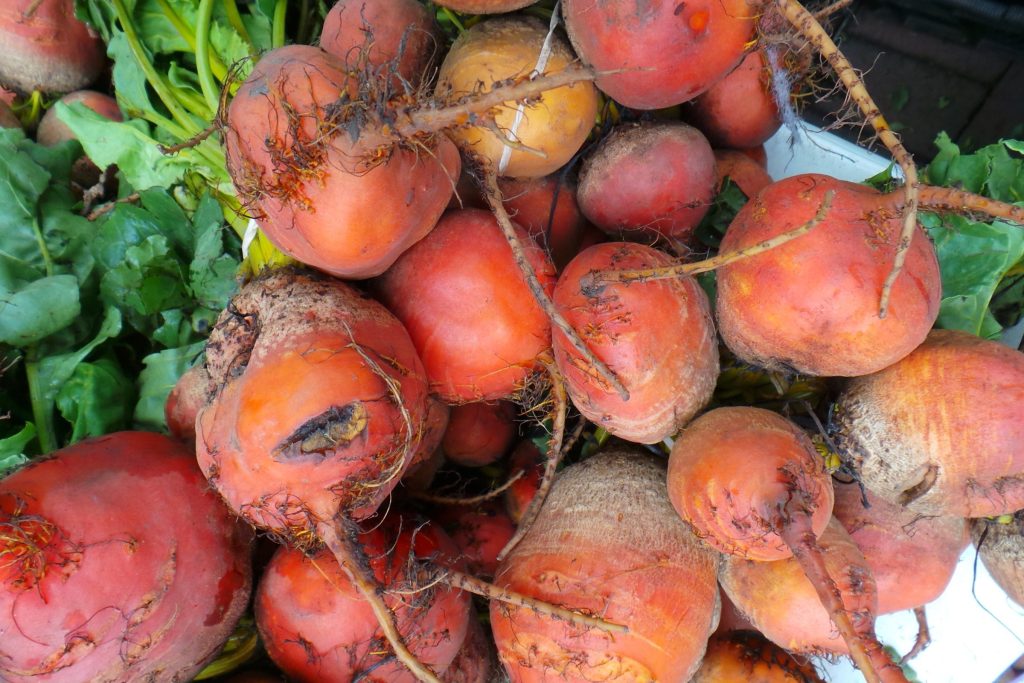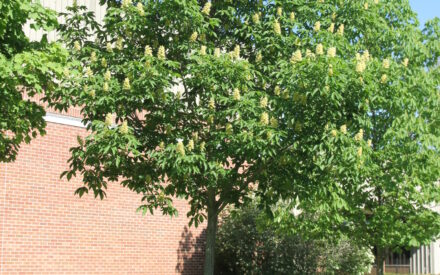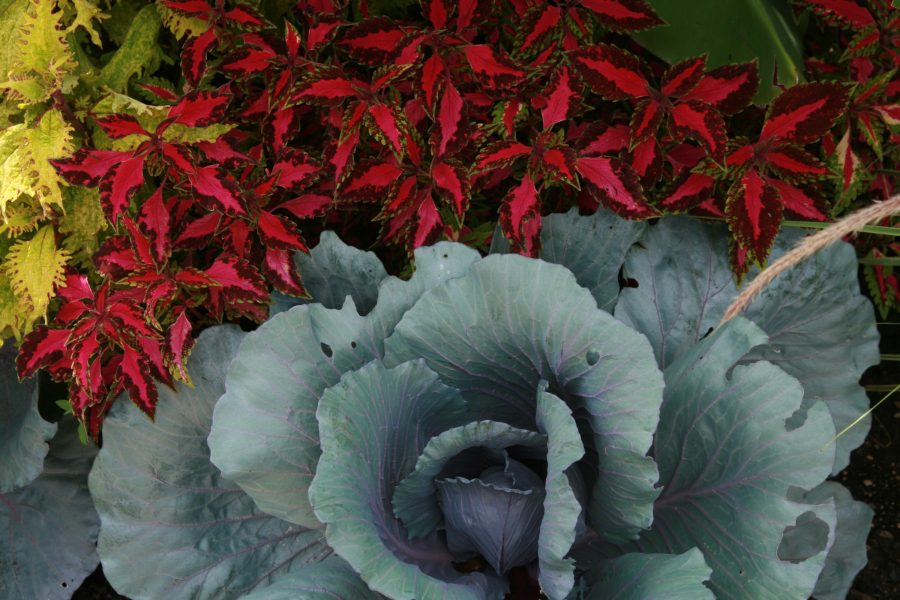Continuing Education Hours: Claim 2 hours if you do the reading, watch the video, complete the practice exercise and take the quiz.
This Plants Plus focuses on the process and benefits of participatory plant breeding. Plant breeding has been around for a long time. It’s pretty interesting to reflect on the crops you eat every day. How did these plants come to be the way they are? What did they start out looking like? Where did they come from? You engage with the results of plant breeding at every meal!
This module also highlights current research and plant breeding happening in Wisconsin that connects the University of Wisconsin, farmers, gardeners, and chefs!

You’ll learn to:
- Define plant breeding.
- Explain the benefits of participatory plant breeding for Wisconsin gardeners and growers.
READ
Begin by reading this introduction to plant breeding. It is written through the perspective of saving seeds, a practice done by gardeners through the centuries.
- Vegetable Seed Saving for Home Gardeners and Small-scale Farmers, New Mexico State University
WATCH
Learn about participatory plant breeding by watching this video by Dr. Julie Dawson, UW-Madison Department of Horticulture. Video runs ~56 mins. Video credit: Weston Roundtable series.
Extra resources: (optional)
- Visit the Dawson Lab webpage!
- Read about the Dawson Lab Seed to Kitchen Collaborative
- On-Farm Plant Breeding Pt. I: Getting Started with Diversity, Cornell Small Farms Program
PRACTICE
Instructions: First, complete the Virtual Plant Breeding practice exercise below. Finish the module by taking the short quiz. The quiz has two questions. It’s designed so that you can share what aspects of the material stuck with you the most.
Module Quiz:
REPORT HOURS
Report the continuing education hours you just earned in the Online Reporting System. Great job!

 Phenology and Degree Days
Phenology and Degree Days Apples
Apples Perennial Garden Crops: Asparagus
Perennial Garden Crops: Asparagus Small Space Gardening
Small Space Gardening


